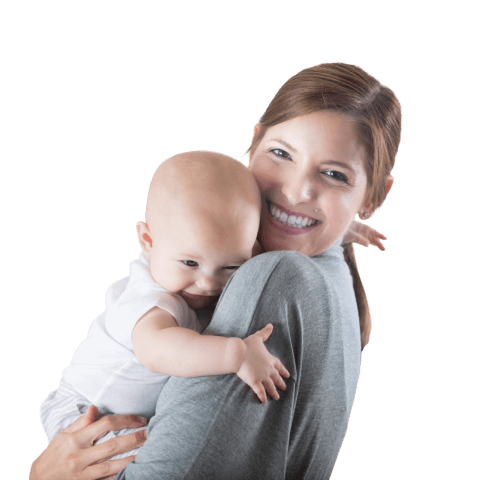
Our family recently took a trip to Orlando for Sea World and Disney World. My kiddos napped in the airport (during a layover), in a cabana at a water park, in a hotel lobby at Disney World, and on the plane on the way home.
In the following 5 tips, I’m gonna share how we did it and how you can (hopefully) do it too!
Note: In this blog I refer often to the term of self-regulation. I am using the definition given by Dr. Stewart Shanker in his book, Self-Reg. Self-regulation is “the act of managing energy expenditure, recovery, and restoration in order to enhance growth.” The definition I am referring to has nothing to do with self-control or suppressing feelings, or not getting help from an adult. It is purely the learning of managing energy expenditure to achieve a goal (in my blog’s case, sleep).
1. Being able to self-regulate to sleep is a learned skill. Never in my wildest dreams would I advise my clients with a newly sleep trained child to go out and have their child try to fall asleep in a new place. At this point, my children have years of practice learning to calm themselves to sleep. It takes practice, so plan on at least several months before disrupting your child’s newly developing routine.
Before being able to sleep in a new environment, a child needs to learn to sleep. Period. The practice and mastery of this skill have to start at home in a low stimulating, comforting environment, with the support and encouragement of the parents. Just like riding a bicycle starts with training wheels or a balance bike before peddling independently, learning to self-regulate to sleep takes practice in a familiar environment to be able to practice in an unfamiliar environment.
So, before you begin asking your child to do something really hard (like sleeping in unusual places), start at home with a good sleep rhythm, and a gentle and nurturing sleep coaching method that fits your family.
2. A more mature nervous system will help children self-regulate more easily. My kids are 4 and 6 and I’ve noticed that when thrown off schedule it doesn’t affect them as much as it used to, which I believe means their nervous systems are mature enough to handle a bit more stimulation, or stress.
My son needed more help then my daughter did when it came to needing to fall asleep in a new space. He is younger and his nervous system was less mature than our 6-year-olds’ nervous system. We were more than willing to give him that extra help in those new spaces to get that very important nap in during the day.
Be mindful of your child’s maturity. If the world is still so new to them, they might not be able and willing to tune out new surroundings to sleep. With age and maturity, you might start to be able to ask your children to build on their self-regulation skills.
[thrive_leads id=’1387′]
3. Self-regulating to sleep is different than passing out from exhaustion. Self-regulation takes skill and ability to tune out stressors to focus on the task at hand. Passing out from exhaustion is not a skill, it is literally overload of stimulation and stress that results in shutting down, but not in a healthy or restorative way. There is a big difference between these two types of “falling asleep.”
Consider: If your child is falling asleep in 5 min or less, there is a good chance this child is falling asleep from exhaustion and not skill. Falling asleep through self-regulation usually takes about 15-20 min (sometimes a bit less).
4. Temperament and unique sensitivities affect a child’s ability to self-regulate in a new environment. Some children will be more sensitive to sound than other children and won’t be able to settle down in noisy places. Some children will be sensitive to light in a room and will not be able to settle in a bright room. Some children are hugely engaged with the world and just a little more stimulation will not be conducive to sleep. Knowing these things comes from knowing YOUR child. And knowing your child comes from practicing self-regulation at home.
Consider: What calms your child? What stimulates your child? What causes stresses in your child? These are only questions you and your child’s health care professional will know, and only IF you have put in the time and effort to learn your child.
Disclaimer: Not all children will be able to sleep in a new environment when given the opportunity. Some children have strong sensory sensitivities and/or active minds that will not allow them to sleep in unusual environments, and that’s okay. Keeping a rested child is far more important than asking our children to try to sleep in a new environment.
5. When helping your child sleep in a new environment, choose a more calm environment. Even when we are sleeping, our bodies are working hard to buffer stimulation. If something is too stimulating (loud noise, too hot, too bright…) your body will both not be able to sleep restoratively (resulting in a STILL tired child) and/or not be able to sleep at all, or wake up after a short sleep cycle. Our bodies are designed to pick up on possibly dangerous threats or environments. That’s how our ancestors survived in the wild – they had to be able to wake up if they heard something potentially dangerous.
Conclusion: Honoring your child’s body and helping them sleep in a space that is comfortable and safe is important to helping your child achieve restful sleep. And restful sleep will result in a more enjoyable trip for the whole family!

Sleep

Sleep
